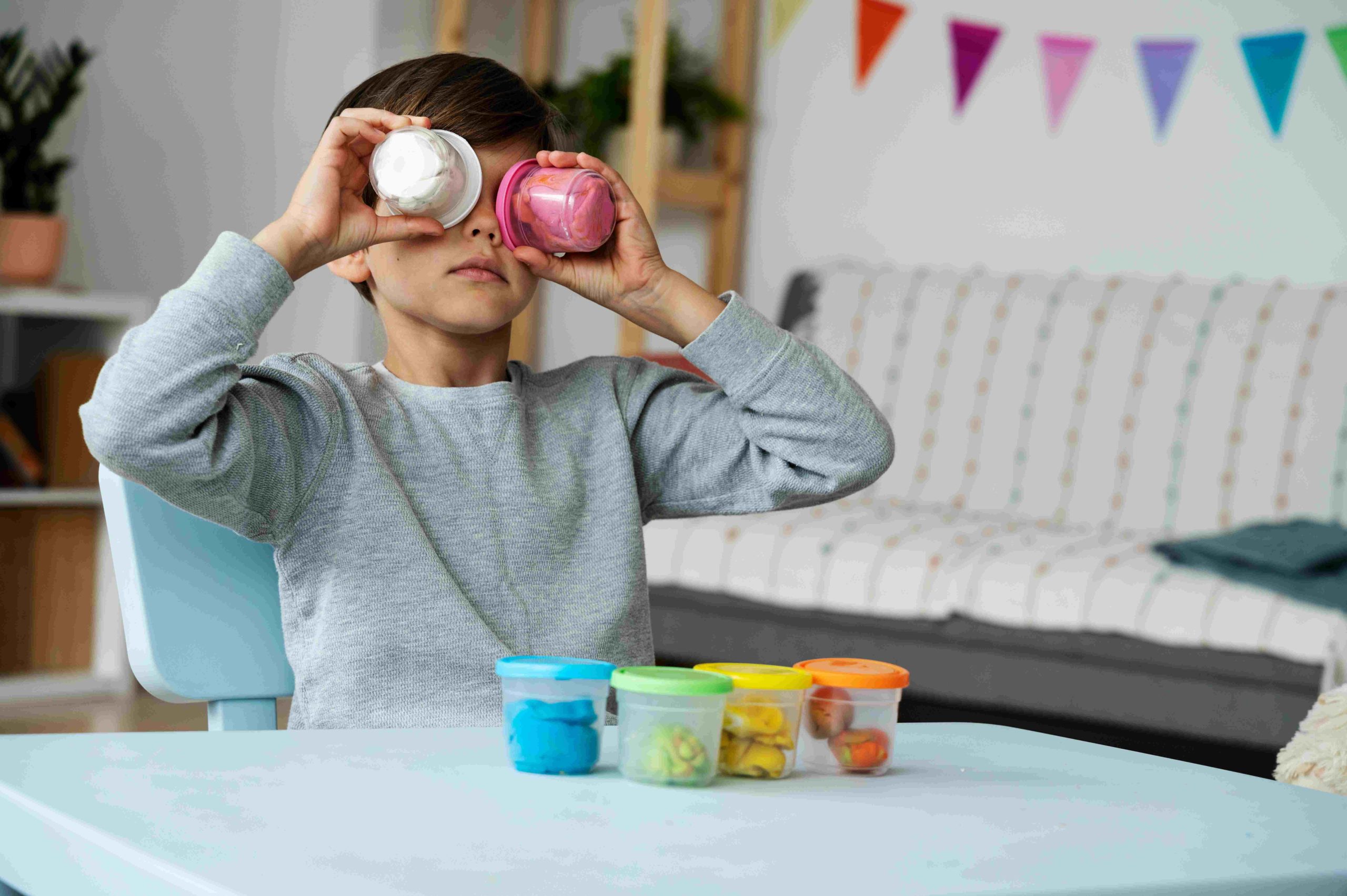
Optimizing Learning Environments: Strategies for Minimizing Disruptions and Maximizing Engagement
Establishing an environment conducive to learning is paramount in preschool education. Educators recognize that a well-organized classroom can mitigate disruptions, thus enhancing the learning journey for preschoolers. But what makes classroom setup so pivotal, and how can educators create an environment fostering this? This article delves into the importance of classroom arrangement in minimizing disruptions and provides practical steps for educators to achieve this goal.
Preschoolers possess inherent curiosity, energy, and inquisitiveness. While these traits are fundamental for learning, they can also introduce distractions in a classroom setting. The learning environment for preschoolers should be stimulating and inviting, yet devoid of disruptions. A conducive environment encourages engagement, participation, and concentration, thereby enriching the overall learning experience.
Diversions can manifest in various forms, ranging from noise and interruptions from peers to inadequate lighting, uncomfortable furniture, or a cluttered space. These distractions impede the learning process, disrupt concentration, and detract from focus. Constant interruptions or distractions may lead to disinterest in learning, potentially hindering educational and developmental progress.
An orderly classroom serves as the cornerstone for minimizing disruptions. Educators must create a space that is both stimulating and structured. This can be accomplished by organizing the classroom to facilitate learning and providing resources aligned with learning objectives. Furniture arrangement should encourage collaboration through clustered seating or support individual learning needs.
Lighting also significantly influences concentration and learning. Bright, yet comfortable lighting aids visibility without causing discomfort or glare. Natural light fosters a serene atmosphere conducive to learning.
Clutter poses another significant distraction. A cluttered environment overwhelms preschoolers, affecting their focus and concentration. Educators should maintain a well-organized space with easily accessible and labeled resources to minimize search time.
Visual aids and technology play pivotal roles in minimizing disruptions. Engaging visual aids help focus preschoolers on tasks and concepts, while technology offers interactive learning opportunities. Interactive whiteboards, educational apps, and games reinforce learning and provide avenues for skill development.
However, crafting a disruption-free classroom is an ongoing endeavor. Educators must continually assess and adapt the environment to suit preschoolers’ needs. Regular evaluation of resources, lighting efficacy, and furniture arrangement ensures optimal learning conditions.
Additionally, involving preschoolers in classroom setup empowers them to take ownership of their learning environment. Soliciting feedback on distractions and preferred arrangements enhances engagement and concentration.
Moreover, educators should recognize the impact of external factors on the classroom. Preschoolers may bring personal or familial issues affecting behavior and concentration. Collaboration with parents and caregivers ensures adequate support to address these challenges.
Furthermore, educators should cultivate a positive classroom culture emphasizing respect, collaboration, and kindness. A supportive environment fosters engagement, reducing disruptions and enhancing the overall learning experience.
Parents and caregivers play pivotal roles in supporting classroom efforts. Educators should communicate the importance of a structured environment and encourage practices conducive to learning at home.
In summary, creating a disruption-free classroom is pivotal for preschoolers’ education and development. Educators must craft an environment that stimulates learning, minimizes distractions, and promotes positive behavior. This involves careful organization, effective use of resources, collaboration with stakeholders, and ongoing evaluation and adaptation. By prioritizing a conducive learning environment, educators can empower preschoolers to thrive academically and personally.


